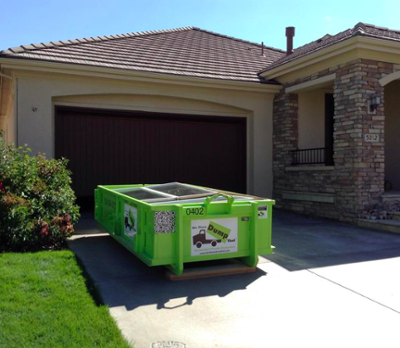Waste Management is basically explained as the collection, transport, processing, recycling and/or disposal of waste materials. These spend are produced by human activity. Waste Management is what's done to reduced the result of waste on the environment, peoples health, and other things along that nature. As well we can use waste management to reuse a number of the resources. People will recycle such things as old newpapers, pop cans, glass jars, etc and using this method it helps the surroundings in the end because we need not dispose of those materials. There are numerous kind of waste management that include the disposal of: solid, liquid, gaseous or radioactive substances. https://www.newschannelnebraska.com/story/49019255/waste-management-firm-serving-columbia-sc-for-more-than-a-decade of these several types of waste management require different methods of disposal and are usually handled by someone with the expertise in that field.
Waste Management practices obvious vary based on where on the globe you live. If you compare the waste management practicies of Canada compared to that of say Mexico they'll probably have there differences. There is also differences based on things like residential versus industrial. Usually residential waste is handled by the neighborhood government and commercial or industrial waste can sometimes be the responsibility of the creator of this waste.
There are many things that need to be taken into account when discussing waste management such as for example disposal methods, recycling methods, avoidance and reduction methods, and transportation of waste. Most of these topics will undoubtedly be discussed in this posting.

Disposal Methods There are many ways to get rid of waste materials. The two main methods of disposing of waste materials is landfills and incineration. Each methods have their advantages and disadvantages. Landfills involves burying the waste to reduce it. This method if done properly can be extremely inexpensive and hygienic. Lots of people probably think this technique will be very unhygienic but that basically depends if it is done properly or not. There are several countries that do not do this method properly also it can cause such issues as wind-blown litter, attraction of vermin, and generation of liquid leachate (the liquid that drains from a landfill). Another issue that might arise from landfills is gas (usually methane and skin tightening and) when the waste breaks down over time. Usually landfills are established in diused quarries (type of open-pit mine), mining voids or borrow pits (an area where soil, gravel or sand has been dug for used in another location). Although there are a great number of negative effects of landfills if poorly designed most new ones are designed in a way to prevent negative effects.
Incineration is the second method of disposing waste. This method involves the combustion of spend. With this particular method the waste is heated to high temperatures and is changed into materials such as for example: heat, gas, steam and ash. Incineration can be carried out on a small scale by individual people such as for example in a fire and in addition done on a much large scale by a business. This technique of waste management is known as beneficial for such materials as medical waste. This technique however is also an extremely controversial method of waste disposal because of the emission of gaseous pollutants (garden greenhouse effect).
Recycling Methods Recyling identifies the reuse or recover of materials that could normally be considered waste. Here are a few different methods of recycling such as for example: physical reprocessing, biological reprocessing, and energy recovery. Folks are always searching for new ways as well to recycle materials due to constant issues we are having with waste in our environment.
One of the most popular method of recyling is physical reprocessing. That is common generally in most countries. This is the method of taking waste materials such as empty beverage containers and utilizing the material to generate new materials. Normally spend that may be physically reprocessed are usually collected by the neighborhood government and so are then reprocessed into services. Some common materials which are physically reprocessed include: aluminum beverage cans, steel food cans, glass bottles, newpapers, magazines, and cardboard.
Biological reprocessing is another common method of recycling that many people do. Materials such as for example plants, food scraps, and paper products could be decomposed in to the organic matter. The organic matter that is produced from this sort of recycling can then be utilized for specific things like landscaping purpose or agricultural uses. Usually this technique of recycling is performed by putting the materials in a dedicated container and let to stay there until it decomposes.
The final method of of recycling is Energy recovery. This technique harnesses directly and indirectly the combustion fuel along with other types of fuel created from waste. These kinds of fuel can be produced by thermal treatment of the waste and useful for specific things like cooking or heating. The thermal treatment is usually done under high pressure in a sealed vessel.
Avoidance and Reduction Methods The avoidance and reduced amount of waste is a essential part of waste management. By reducing waste it can help the surroundings and everyone inside it. Some ways of avoidance are the reuse of second-hand products, repairing broken items and using them again, and desinging products that are resusable. As well individuals are encouraged never to use disposable products and use products are designed to help the environment.
Transportation of Waste There are a few way waste is handled. In most countries waste dispose is handled by the neighborhood government authorities. Far away there is no such systems in place and disposal of waste is more challenging. In countries such as Canada and america curbside collection is common and occurs weekly. In some countries in Europe they will have a collection system referred to as Envac which conveys refuse via underground conduits utilizing a vacuum system.
